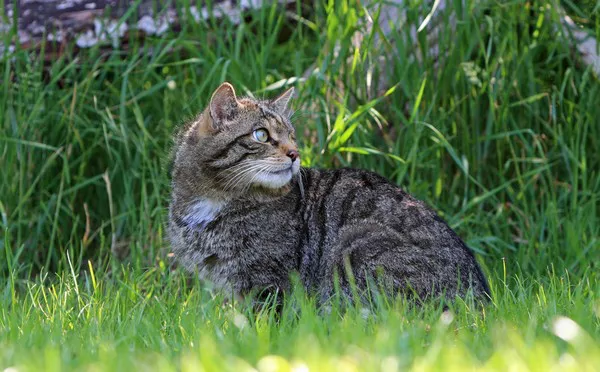If you’re considering adopting a Bombay cat and you already have a dog in the house, you may be wondering if these two pets can coexist peacefully. While every cat and dog have their unique personalities and preferences, there are some general traits that can help determine how well they’ll get along.
In this article, we’ll explore the factors that affect the relationship between Bombay cats and dogs and provide tips for ensuring a happy and harmonious household.
Understanding Bombay Cats
Bombay cats are a breed of cat that originated in America in the 1950s. They are known for their shiny black coat, muscular build, and affectionate nature. Bombay cats are often compared to dogs due to their outgoing personalities and social nature.
Unlike many other breeds of cats, Bombays tend to enjoy being around humans and other animals. They crave attention, love to play, and have an innate curiosity that drives them to explore new environments.
Understanding Dogs
Dogs, on the other hand, come in a wide variety of breeds, each with its unique personality traits. Some breeds are friendly and outgoing, while others are naturally more reserved or territorial. Additionally, each dog has its unique experiences and training that can impact their behavior towards other animals.
It’s important to note that dogs are pack animals and thrive on social interaction. They require regular exercise, mental stimulation, and companionship to remain happy and healthy.
Factors to Consider When Introducing a Dog to a Bombay Cat
When introducing a dog to a Bombay cat, several factors should be considered, including the temperament of both animals, their age, size and whether they have been socialized with other animals before.
Temperament: The temperament of your dog is an essential factor to consider when introducing them to a Bombay cat. Ideally, you want a dog that is calm, patient, and has a low prey drive. This means they are less likely to view the cat as a potential target or threat.
Age: Age plays an important role in how well your dog and Bombay cat will get along. Puppies are typically more playful and prone to chasing, which can frighten or stress out a Bombay. Conversely, senior dogs may be more reserved and less likely to show aggression towards the cat.
Size: Size is another factor that can impact the relationship between a dog and a Bombay cat. Smaller dogs are generally less intimidating to cats, while larger dogs may be perceived as a threat.
Socialization: If your dog has been socialized with other animals before, they are more likely to get along with a Bombay cat. However, if your dog has not had much exposure to other animals, it’s essential to introduce them slowly and supervise their interactions closely.
Tips for Introducing Your Dog to a Bombay Cat
Introducing a new pet into your home can be stressful for both the existing pet and the newcomer. Here are some tips for ensuring a smooth transition:
1. Start Slowly: It’s best to start by keeping the cat and dog separated for the first few days. This allows them to adjust to each other’s scent and presence without direct contact.
2. Use a Crate or Leash: When you’re ready to introduce the two pets, consider using a crate or leash to prevent any unwanted interactions.
3. Supervise Interactions: Always supervise the interactions between your dog and cat, especially during the first few weeks. This will allow you to intervene quickly if either pet becomes agitated or aggressive.
4. Provide Separate Spaces: Each pet should have their separate space, including food, water, litter box, and bedding. This ensures that they can retreat to a safe place if they feel overwhelmed or stressed.
5. Positive Reinforcement: Reward your dog for good behavior around the cat. Offering treats and praise when they interact positively can help reinforce good behavior.
6. Be Patient: It takes time for pets to adjust to each other, so don’t expect them to become best friends overnight. Be patient and allow them to adjust at their own pace.
Conclusion
In conclusion, whether a Bombay cat gets along with a dog depends on various factors, including the temperament of both animals, their age, size, and socialization history. By following the tips outlined in this article and introducing your pets slowly and carefully, you can increase the likelihood of a happy and harmonious household. Remember to be patient, provide positive reinforcement, and give your pets time to adjust to each other.











![how smart are british shorthair cats[Revealed!]](https://www.catsmeowweb.com/wp-content/uploads/2023/06/british-shorthair-cat-23.webp)















